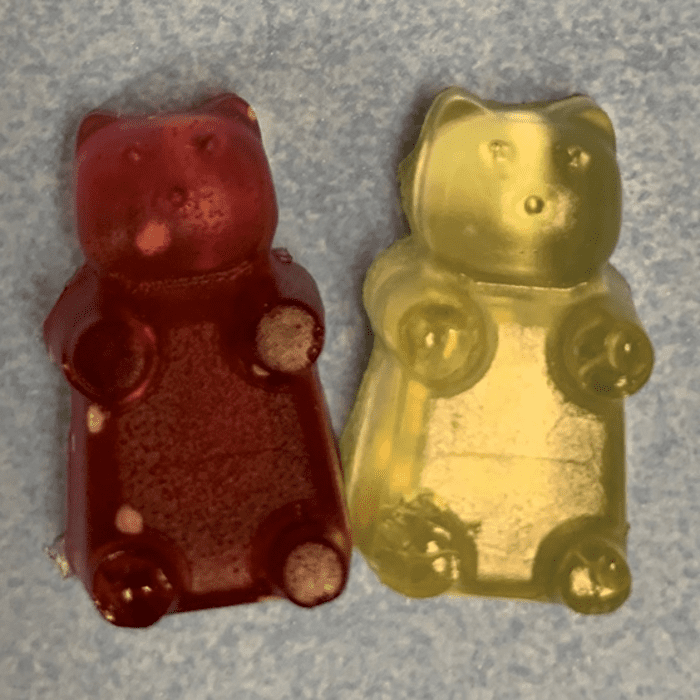Wind turbines are an essential part of the struggle for a habitable climate, but they are not without their faults. One drawback that has drawn recent attention is the challenge of recycling the immense blades, rather than sending them to landfill. Although already more recyclable than the fossil fuel industry’s supporters like to make out, there is certainly room for improvement and some chemists think they have the answer with an astonishingly adaptable resin that has some very interesting applications.
Wind turbine towers and the nacelles at the top contain valuable metals that make them enticing targets for recyclers when the machines come to the end of their lives. The blades are more of a challenge, and since they usually need to be replaced before the end of the turbine’s life, old blades make up a considerable portion of each turbine’s mass.
The American Chemical Society Fall 2022 conference heard about one solution, a composite resin suited to recycling into an abundance of goods. The conference includes almost 11,000 presentations, but few are likely to be as tasty as this one.
“The beauty of our resin system is that at the end of its use cycle, we can dissolve it, and that releases it from whatever matrix it’s in so that it can be used over and over again in an infinite loop. That’s the goal of the circular economy,” Professor John Dorgan of Michigan State University said in a statement.
Blades must be light and flex under strain, so are usually made of fiberglass. The resins that hold the fiberglass together have historically made them hard to recycle. Innovative solutions such as keeping the blades intact and using them as bike shelters and children’s play equipment have given some a second life, but there is probably a limited market for such items. With tens of thousands of blades set to be dismantled something better is needed.
The answer is to find a resin that can be easily removed, allowing the glass to be recast – for example into new and larger blades. Something with the right properties could also be used to make light but safe vehicles that would use less energy to move.
Dorgan is part of a team that combined two polymers, one plant-based and the other synthetic, into a thermoplastic resin they think does the job. After use, it can be dissolved by a monomer leaving the glass free for reuse.
Others have been here before. Indeed, an offshore wind farm has recently started construction with blades recyclable in this way. What is distinctive about Dorgan and colleagues’ work is the sheer flexibility of the uses for the resin.

These gummy bears were made using, among other things, potassium lactate made from a resin that could be the future of wind turbine blades. Image Credit: John Dorgan
The team demonstrated their capacity to incorporate used resin into countertops and sinks for the home. “We’ve recently made a bathroom sink with the cultured stone, so we know it works,” Dorgan said. Laptop covers, diapers, and car taillights are among the other times for which they consider it suitable.
However, the most eye-catching (or should that be mouth-watering) potential use is in food. When the thermoplastic was dissolved in an alkaline solution it released not only plastics but a common food preservative.
“We recovered food-grade potassium lactate and used it to make gummy bear candies, which I ate,” Dorgan said.
It will be a while yet before Dorgan and team experience the true sweetness of success, however. The biopolymer ingredient is currently produced in such small quantities they can’t yet get enough to test the robustness of a full-sized blade made with it.
Source Link: Wind Turbine Blades Could Be Recycled As…Gummy Bears?